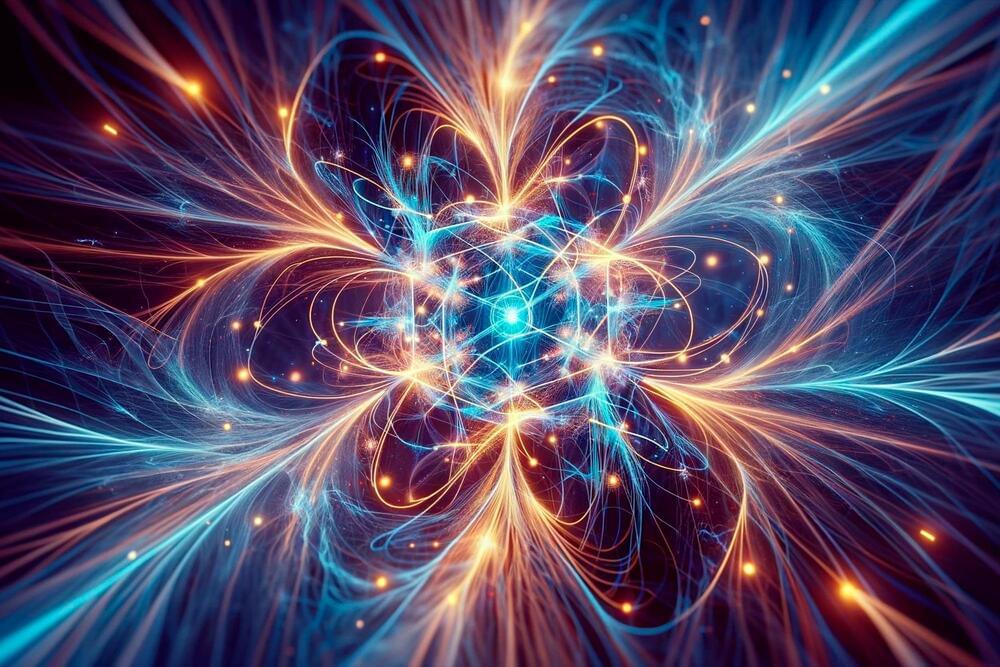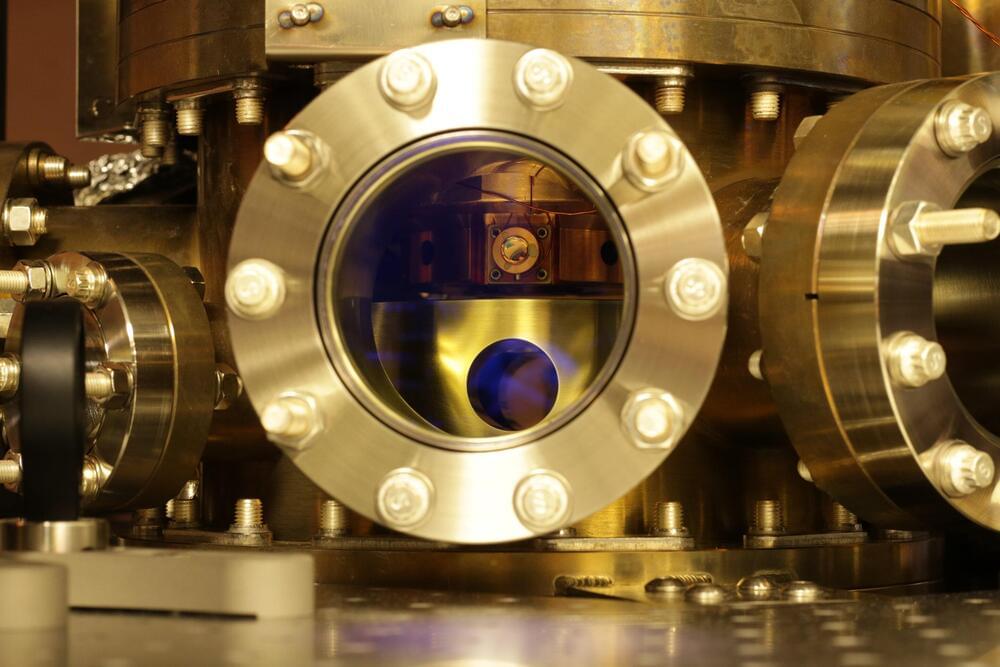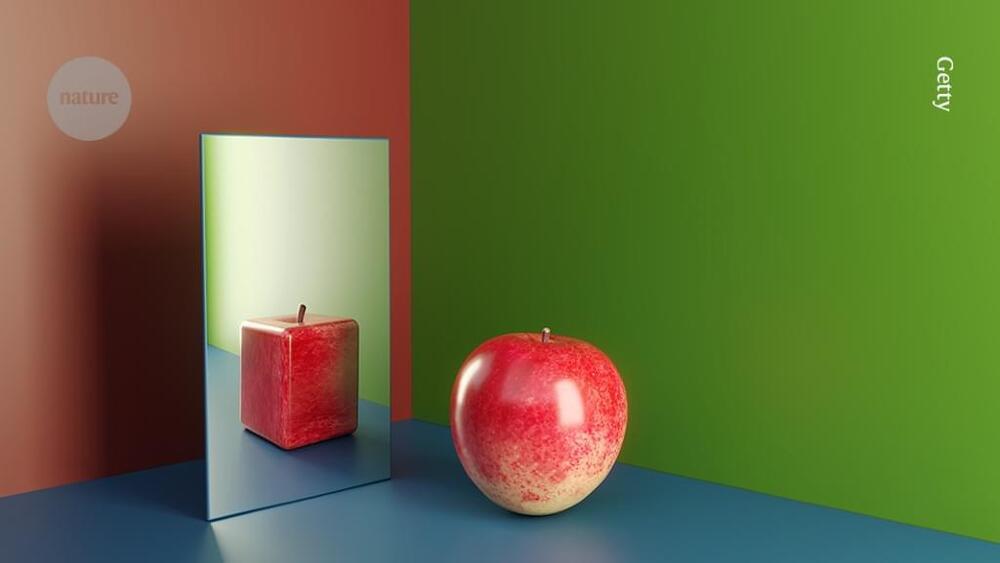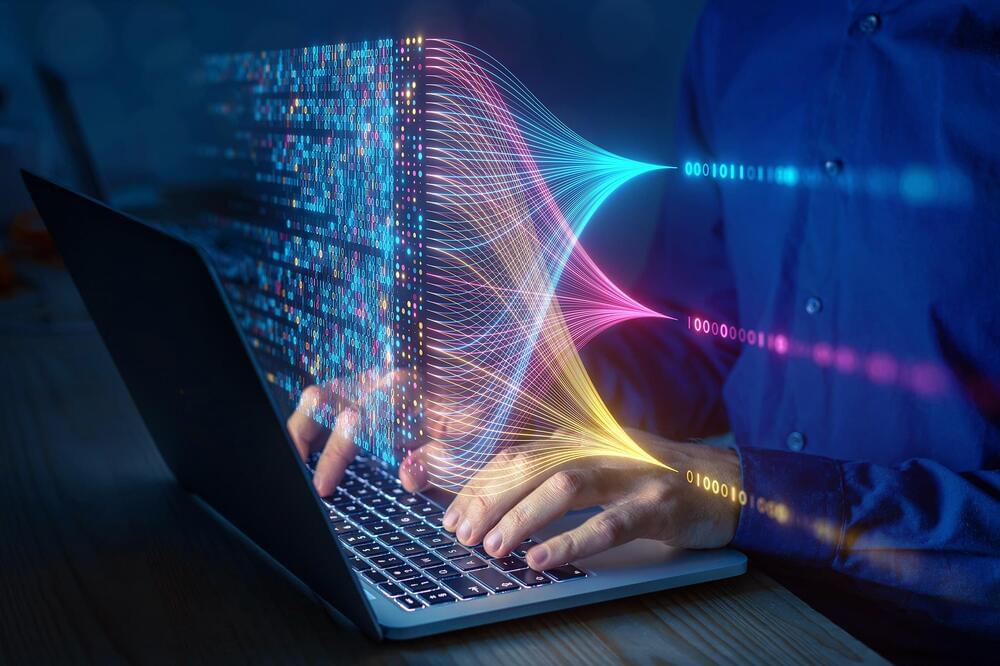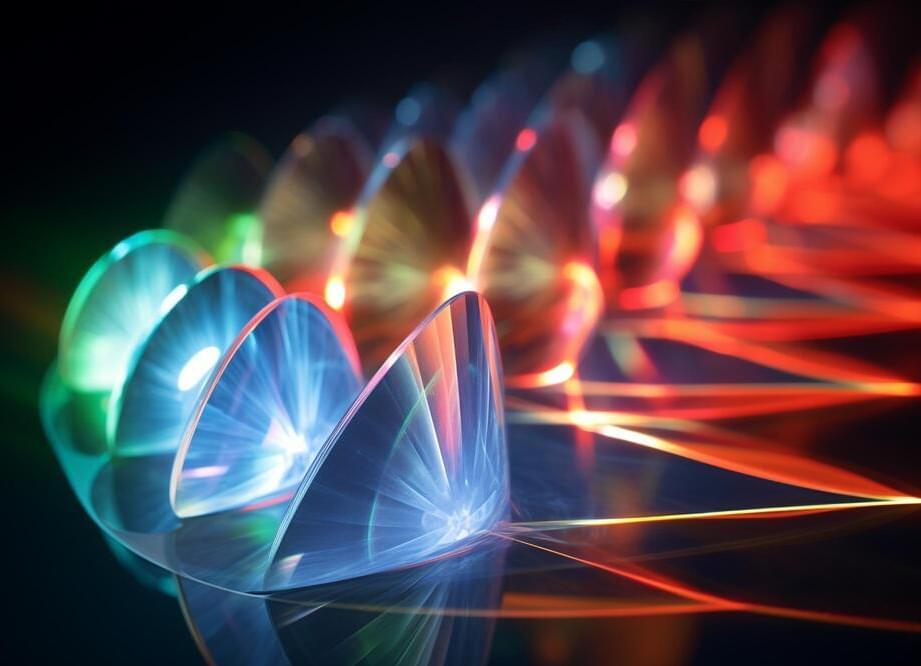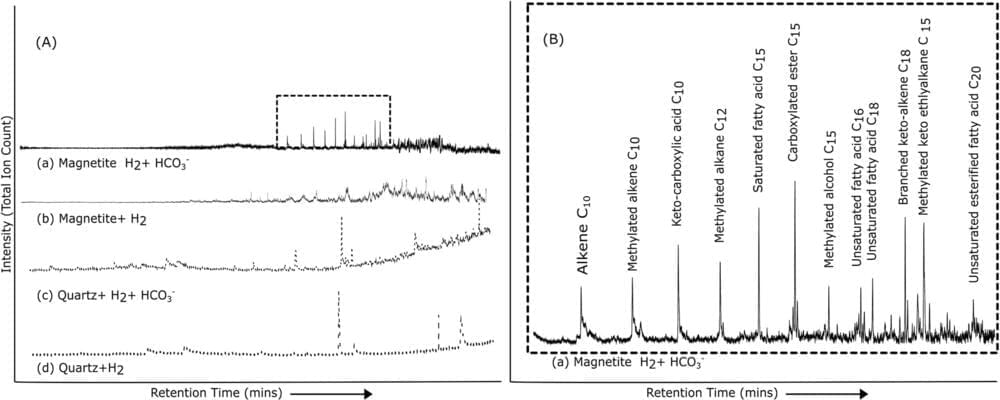A team of researchers from the Structured Light Laboratory at the University of the Witwatersrand, South Africa, has made a significant breakthrough regarding quantum entanglement.
Led by Professor Andrew Forbes, in collaboration with renowned string theorist Robert de Mello Koch, now at Huzhou University in China, the team has successfully demonstrated a novel method to manipulate quantum entangled particles without altering their intrinsic properties.
This feat marks a monumental step in our understanding and application of quantum entanglement.


